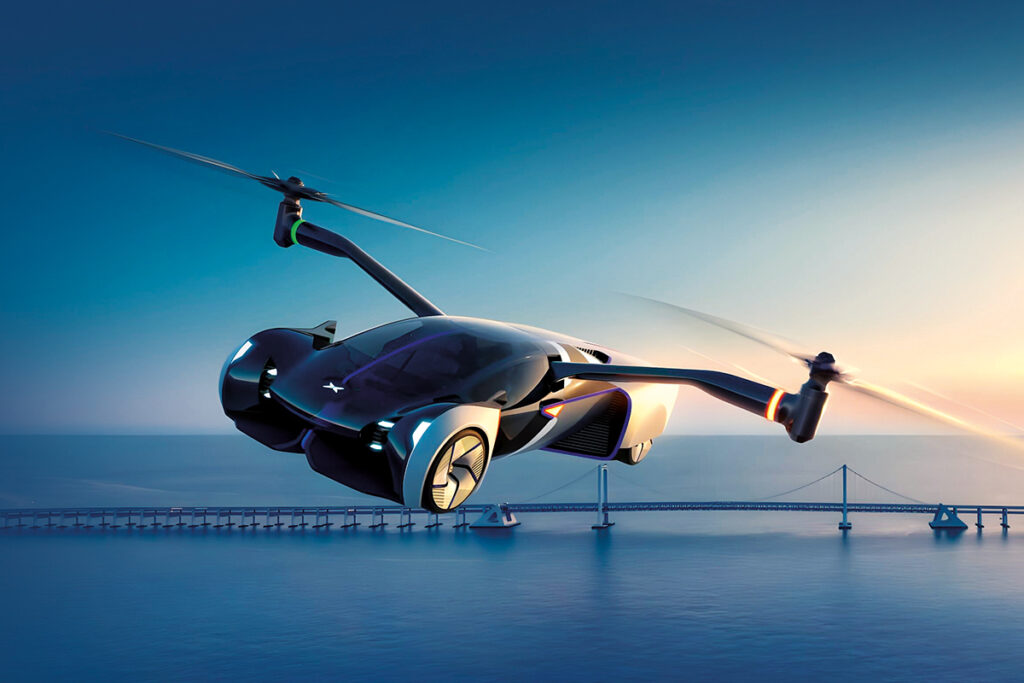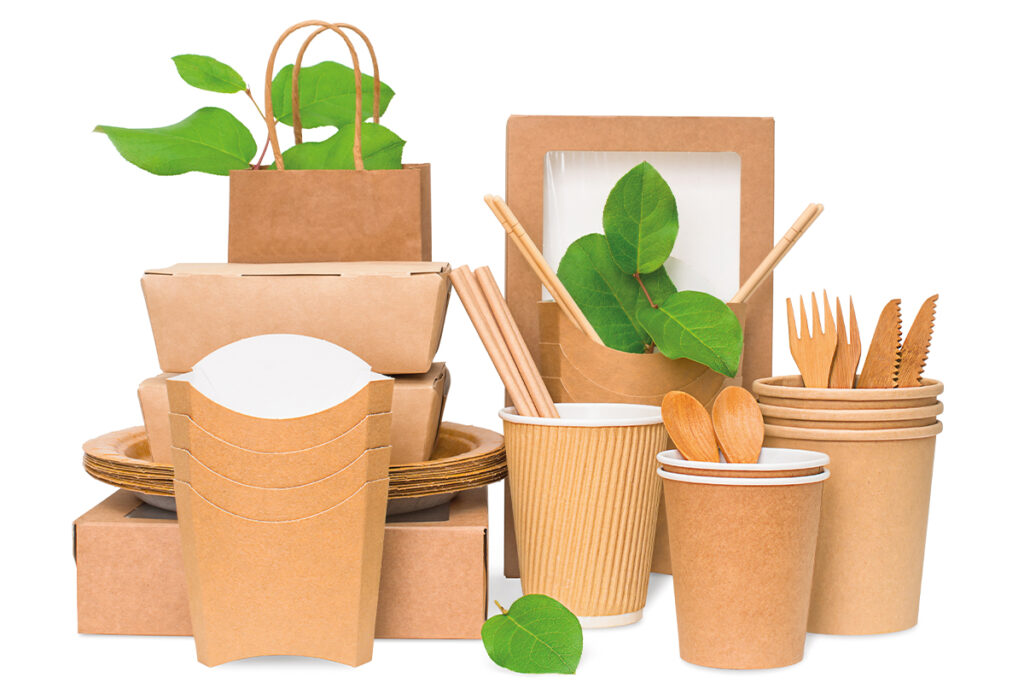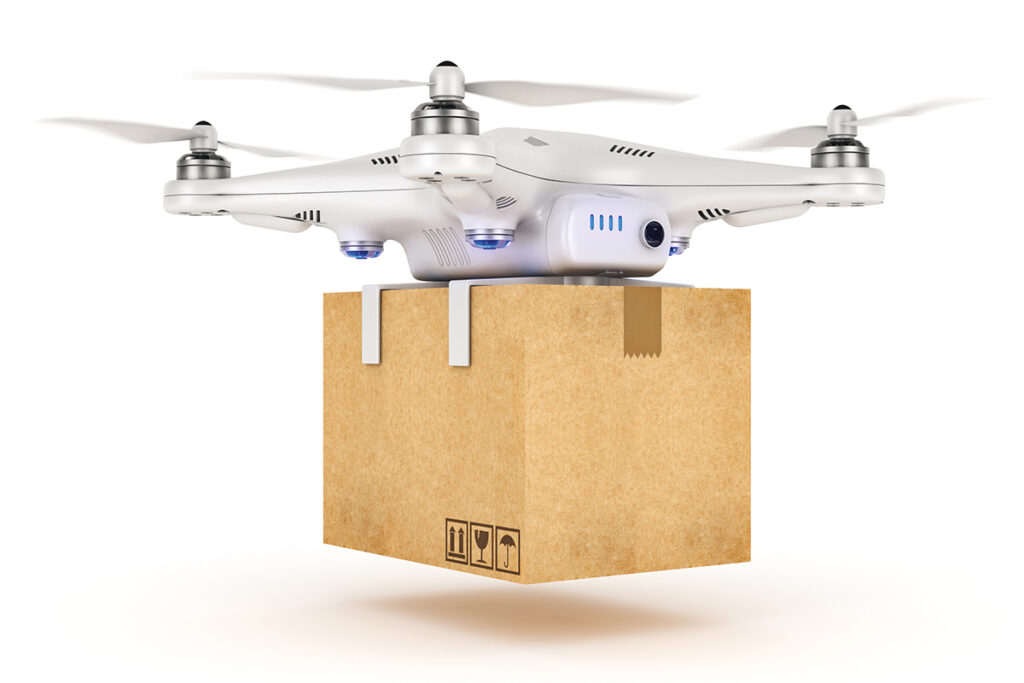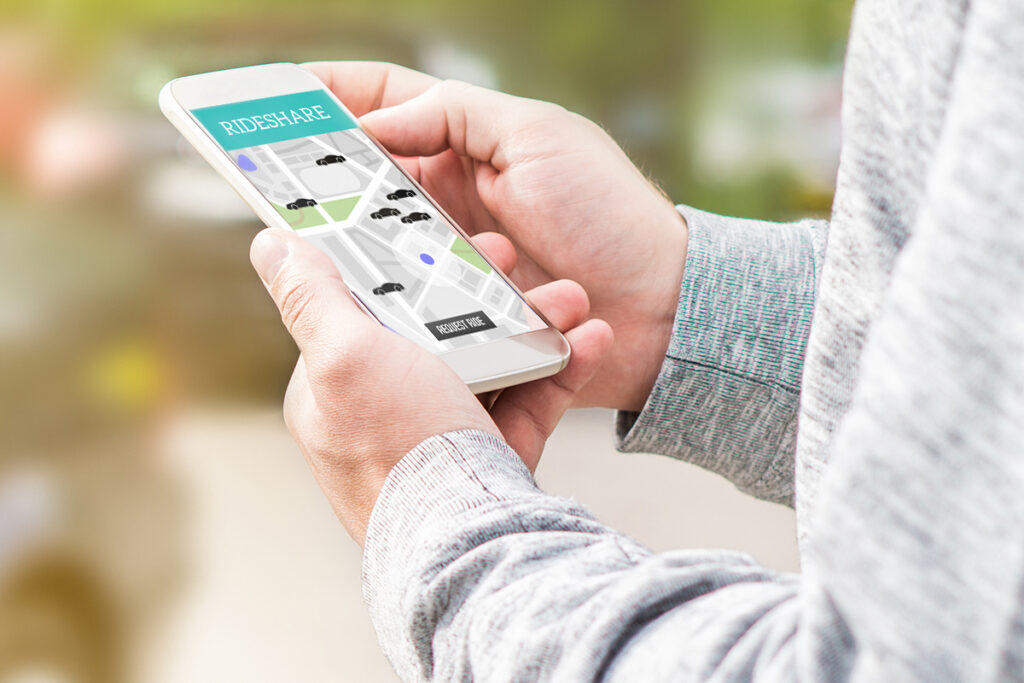Join us as we go down a rabbit hole, and ponder what the future might have in store for humankind
Words by Karan Karayi
Predicting the future’s a funny business. But don’t take our word for it; Niels Bohr, he who was a Nobel laureate in Physics and father of the atomic model, is famously quoted as saying, “Prediction is very difficult, especially if it’s about the future”.
The perils of predictions are well noted. And yet, in the corridors of Global Inc., it is all too common to hear senior decision-makers talking about being more proactive and predictive about the future. Perhaps this can be attributed to the human fallacy of believing that they are in total control of their lives, and the direction it is headed in. But simply put, predicting the future is a black art, one that few, if any, have truly mastered.
Think about it; until a few years back, who saw such dizzying change set upon us in such rapid fashion? Digitised solutions were rolled out in weeks, not months or years. New services and business models sprung up overnight. A ‘New Normal’ emerged, rife with innovation.
If we were to sustain that wave of innovation, who knows what 2030 has in store for us? Flying cars? Low-cost AI assistants? Phones that are merely a chip in your hand? Teleportation? The possibilities are endless.
And so, we put on our thinking hats, and prognosticate. We could be on the money, or hilariously out of touch. But given the speed of human progress, we wouldn’t bet against this being commonplace in the world of tomorrow.
Space travel

Space. Perhaps no longer the final frontier in 2030. We’re in something of a golden age of human space flight, and with two billionaires duking it out to win the space race, it wouldn’t be beyond the realm of possibility for you to be considering an off-world expedition for your next vacation. Perhaps you’d like to gamble on the moon? Maybe enjoy a spot of sun on Mars? Or perhaps you’re just an explorer, and want to see what the cosmos has to offer. For a price, all of this might be within our reach.
With active development going on in a heated fashion on multiple fronts, rocket launches for the everyday Joe might be closer than you think, and don’t you worry about the lack of wi-fi signals on Venus; with the sheer number of satellites floating around in outer space, you’ll be able to get enough internet coverage to mindlessly scroll through social media on any planet of your choice. Just make sure you don’t answer a distress call or direct message from an unknown alien vessel. There’s been one too many sci-fi films outlining the innate peril of responding to those.
Flying vehicles

As if electric vehicles (EVs) aren’t advancement enough, we might soon have flying vehicles zipping about our urban landscapes too. Of course, these have been depicted in celluloid since the ‘60s, perhaps most memorably in Chitty Chitty Bang Bang, Back to the Future, and Harry Potter, but soon real life might resemble reel life.
Earlier this year, a four-seater EV was showcased at CES 2023, which was capable of travelling via road and up to 250 miles via air on a single charge. Given the catchy name ‘Aska A5’, it is the first in a planned fleet of Electric Vertical Takeoff and Landing (eVTOL) flying cars that could provide on-demand rides in urban areas for a multitude of uses, such as emergency response, taxi services, military deployments, and exploring to destinations off the beaten path.
While the cost might be prohibitive at first, making use cases more limited, as the technology becomes more commonplace prices will normalise, to the extent it will first be within reach of those that want to hire it as an air taxi or more, and later even affordable for outright purchase. With the advance of AI, some of these might even be semi-autonomous in nature, but we’ll stick to human pilots for our flight of fancy, thank you very much.
Smart, sustainable packaging

First impressions are often last impressions, which is why packaging matters so much when it comes to winning over consumers. But increasingly, we’re seeing organisations turn to packaging as a means to enhance the functionality of the product itself and deliver greater value, all thanks to smart, connected technology and solutions.
Run out of ideas on what dish to make for dinner? Just scan the packaging to get recommendations, some even personalised for you. Does that milk smell funny? Don’t risk it; just check the indicator on the carton to know for sure, thanks to embedded sensors. Run out of chips, but still feeling peckish? Fear not, you still have a tasty treat at arms length; vegetable-based packaging is being developed that is meant for human consumption.
These are just a few of the smart packaging solutions that brands will come up with as they look to save costs, stay committed to sustainability, and create new ways to engage and delight their customers. These ideas might sound far-fetched now, but just wait till they become part of your everyday routine.
Now if you’ll excuse us, we’re going to go cook some eggs. Box and all.
Drone Delivery Services

Ok, we admit, this one is a bit of a low-hanging fruit, with drone delivery services not far off from delivering on its promise. And it’s about time too; 2020 saw more than two billion people – that’s a quarter of the global population – have a 100 billion parcels delivered. Experts say that number could double by 2030, leaving plenty of headroom for innovative solutions.
Who doesn’t love to have an online delivery land up at their doorstep, ready for unboxing? The future might not just be a drone zipping across the urban skyline to deliver it to you, it could also be delivered by robots, or autonomous vehicles. IN some cases, where possible, it could even be transported directly by these carriers to distribution centers, where either one of these could rush it to your waiting hands.
But even beyond this, it’s not all about technology. Micromobility too will help enable quick, efficient deliveries. Dense, urban cities might be the ideal playing ground for these micromobility solutions, which can upend last-mile delivery as we know it. These might resemble electric vehicles with a minimal footprint, capable of carrying multiple orders in a speedy manner simply unmatched by vans or trucks. Out-of-the-box solutions like these will help you get your purchases out of the box quicker than ever.
Artificial Intelligence

With advances in technology, Artificial Intelligence (AI) could grow by leaps and bounds to benefit humanity in multiple ways. Imagine Tony Stark’s JARVIS, except in real life as an assistant at your beck and call. Not just that, AI could well monitor and respond to your emails, and keep an eye on your health while offering optimal approaches to prevent or treat certain diseases, maybe even going so far as customised medicines.
Some might even use an interface to connect to their AI assistants, although a more reasonable prediction would be to say AI could be embedded in toys, appliances, drones, video game controllers and more as the cost of machine learning chips drop and high bandwidth networks become commonplace.
AI’s influence goes far beyond this though. It could aid human physicians and offer inputs for a diagnosis, with autonomy afforded in due course of time. Similar thought processes have led to the semi-autonomous cars of today, but the turn of the decade could see the rise of self-driving cars, which could be safer than having humans at the wheel, disrupting industries such as urban planning, delivery services, trucking, and more.
Shared mobility

Enjoy driving, and fear the rise of autonomous vehicles that suck the joy out of it? Fear not, the future will have you covered.
The future will perhaps have many shared mobility options, tailored to your personality type and preferences, where you can have a subscription to different cars for different use cases, such as the city, highway trips, off-roading, or even a fun car for the weekend, like a sports car or a convertible.
Don’t enjoy going to the dealership to sign on for this subscription? You won’t have to, because the dealership will exist in a virtual space where you can experience all the cars at any given time, personalise them if you so desire to see what it would look like, and then close the deal by conversing with an intelligent chatbot. That said, don’t expect the dealership to go away anytime soon. Particularly when it comes to big-ticket purchases, closing the deal with a physical delivery and handshake holds a certain emotional value that technology simply cannot replicate. Besides, virtual confetti and celebrations don’t have the appeal of a physical one…yet.


